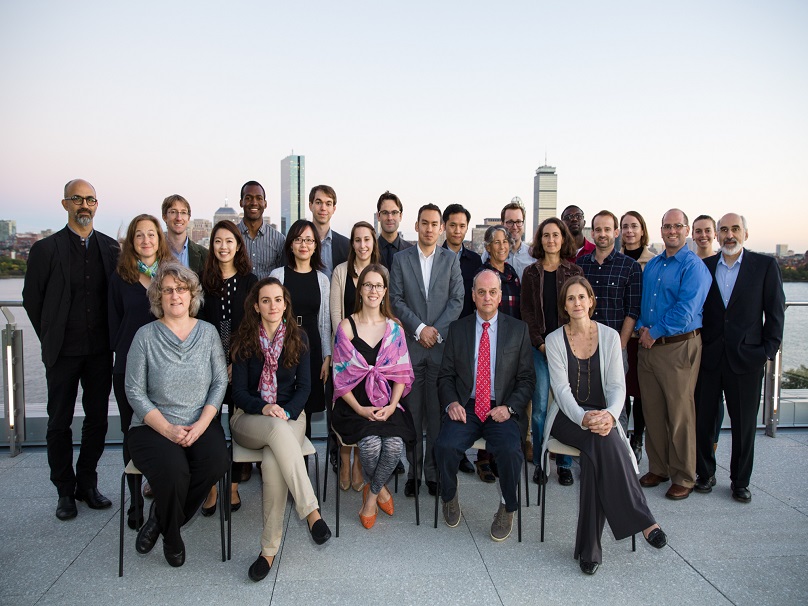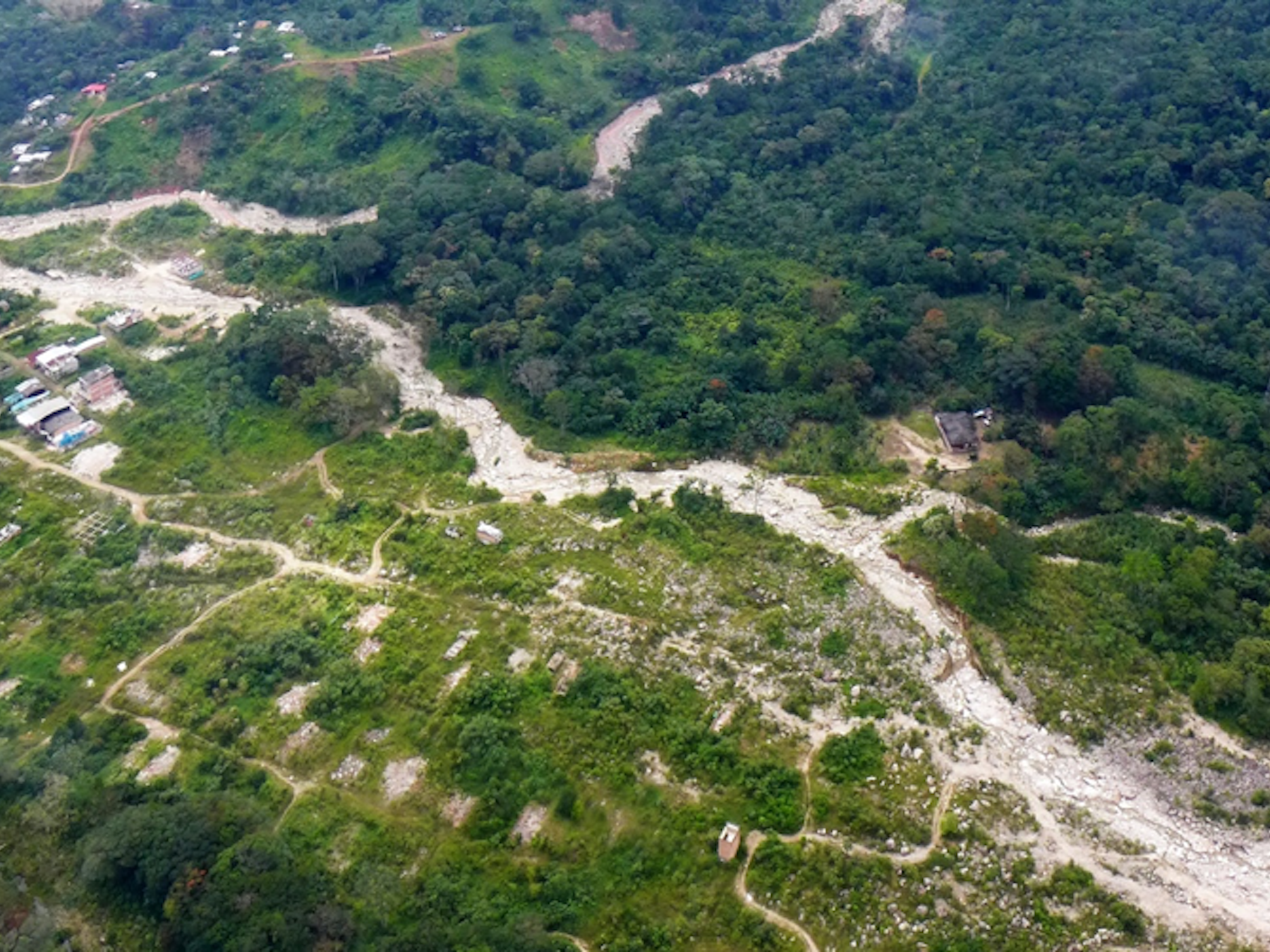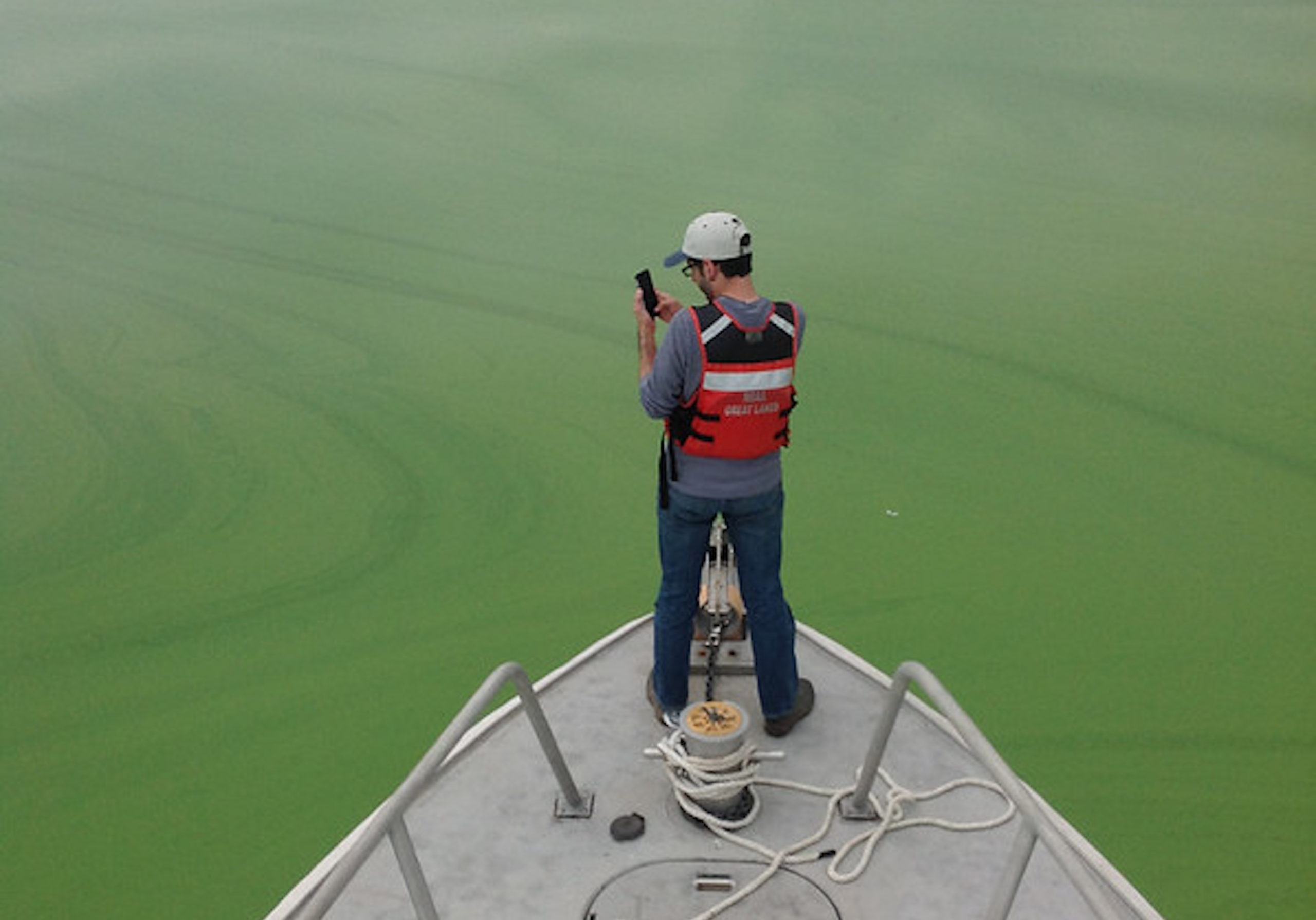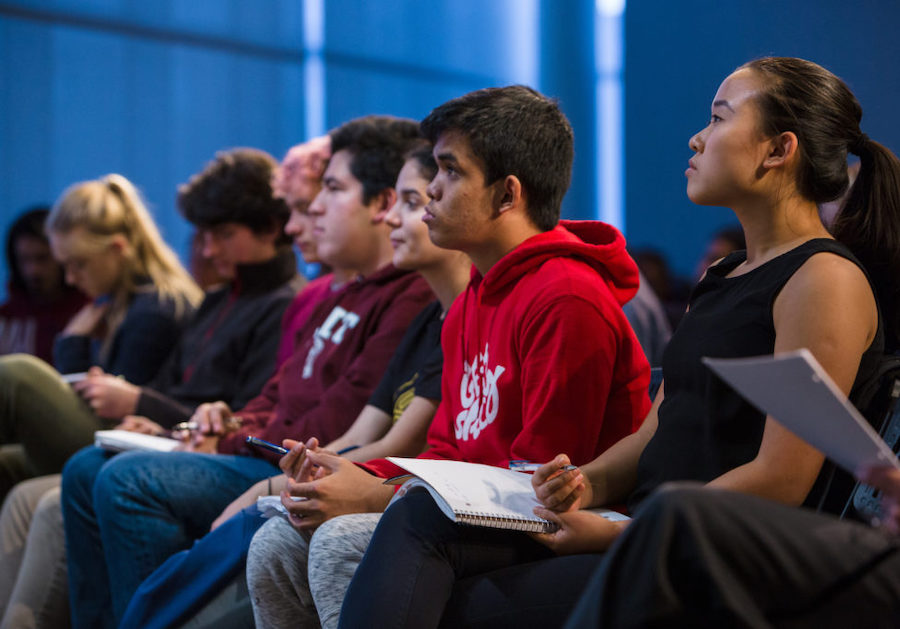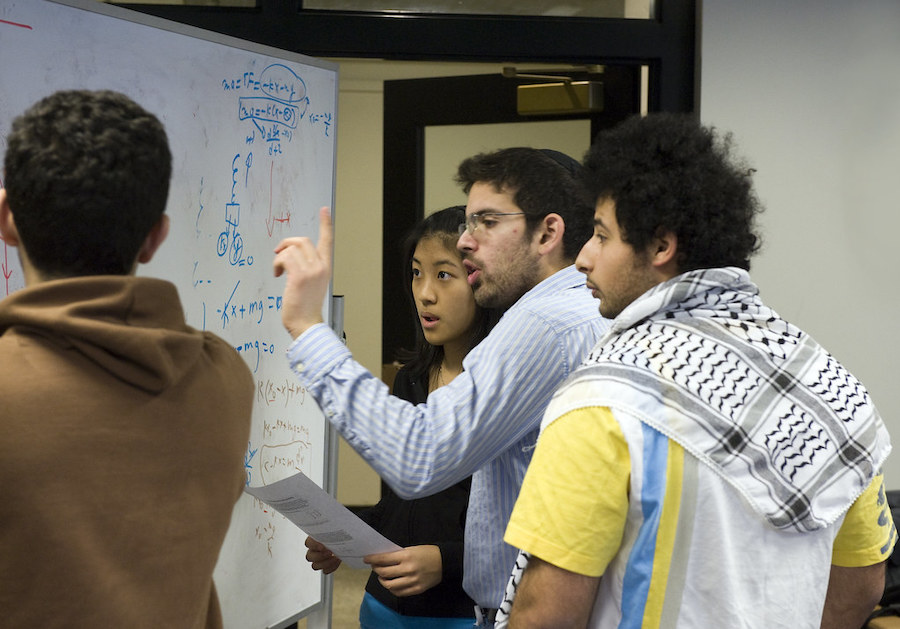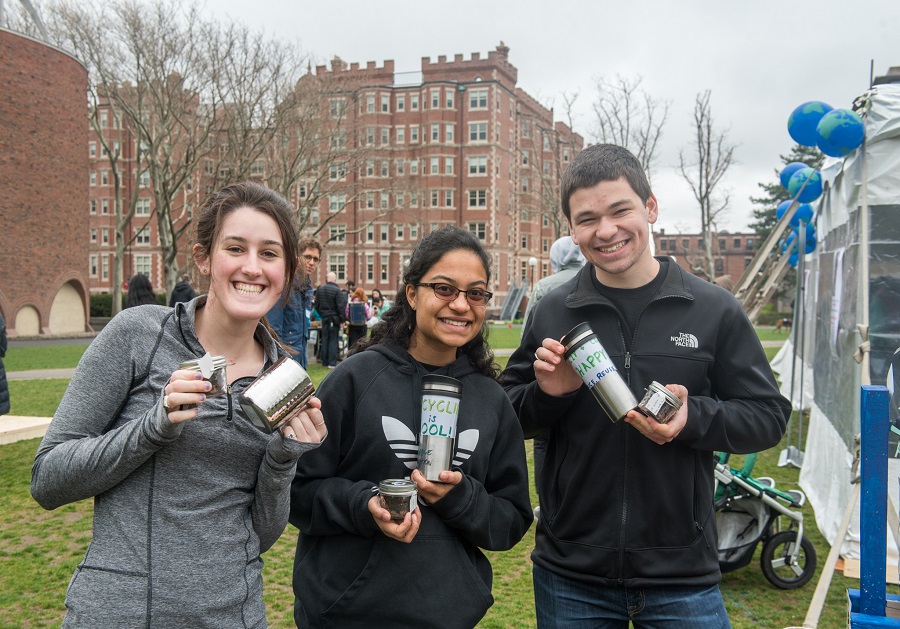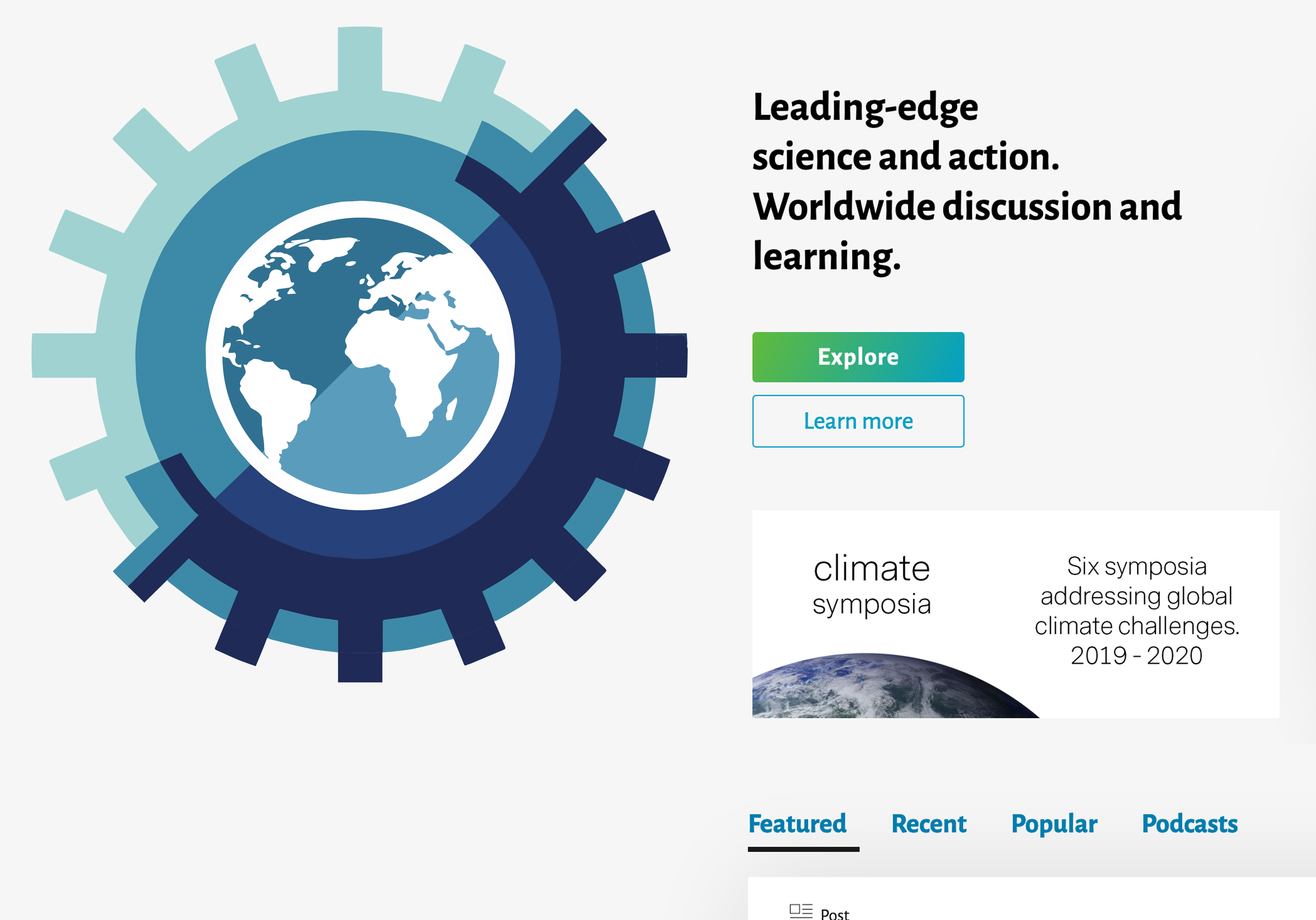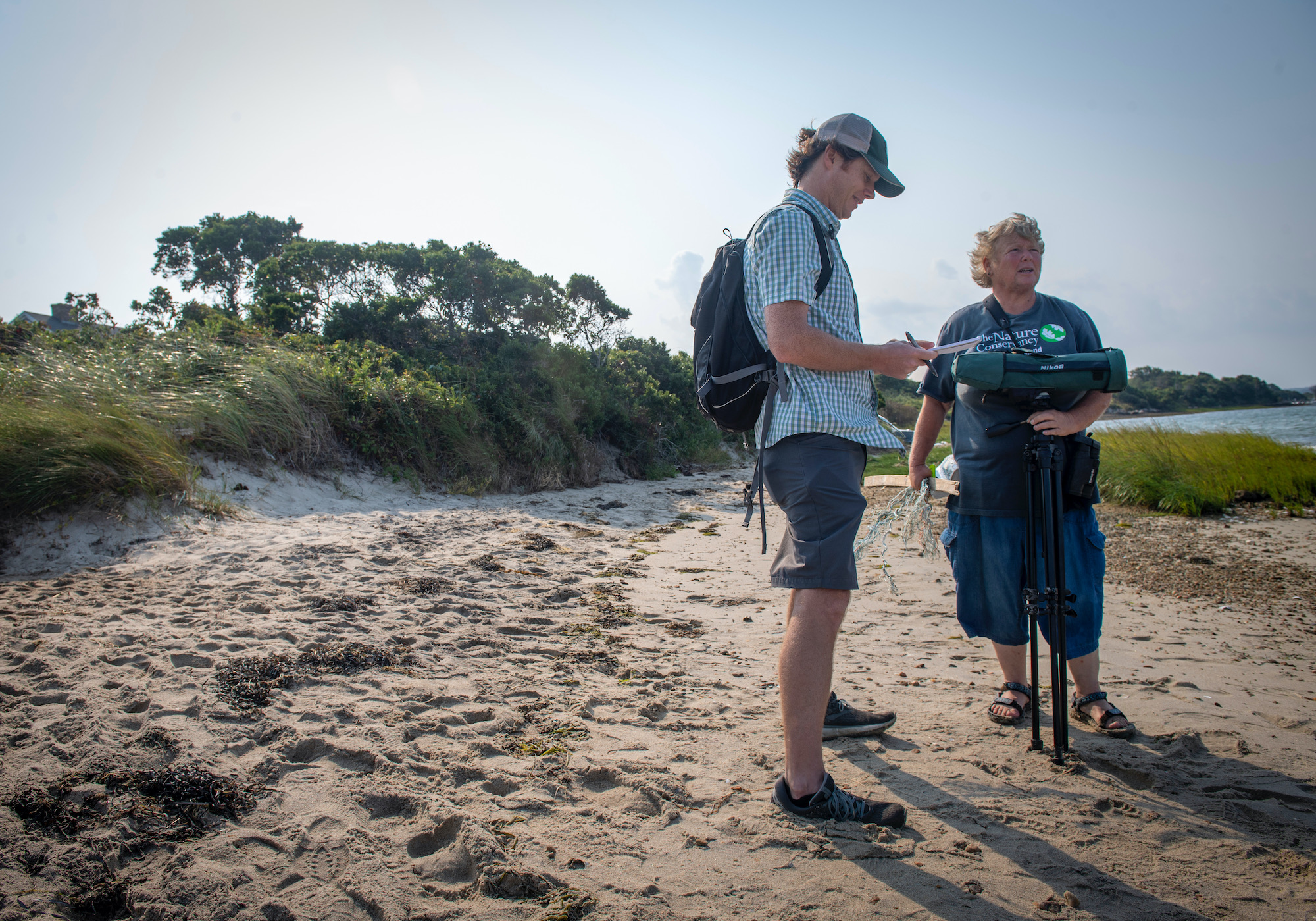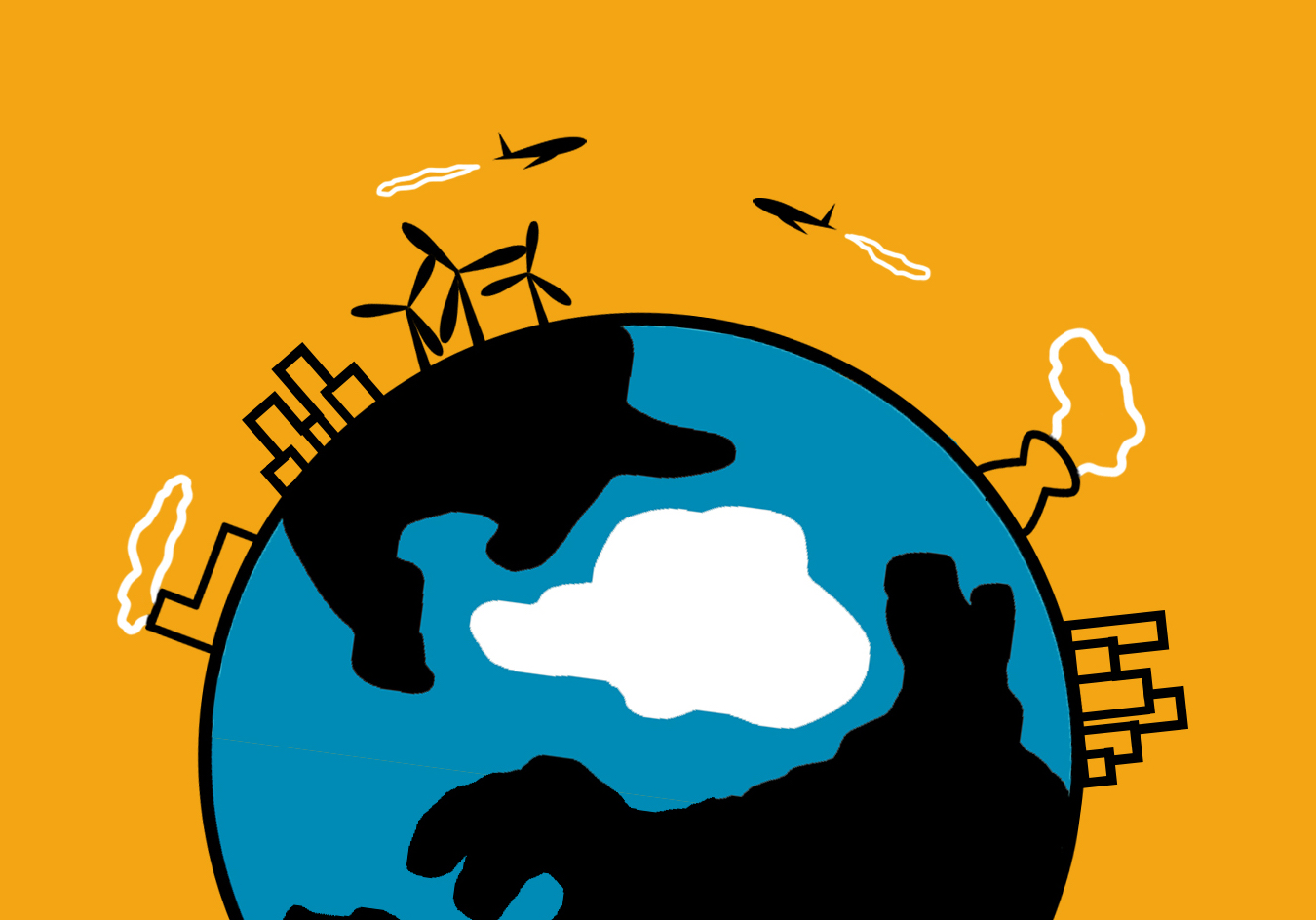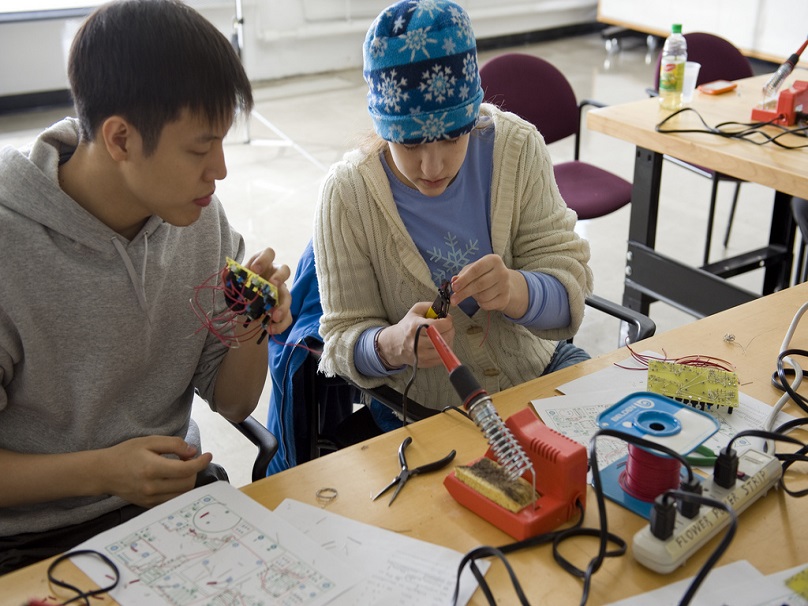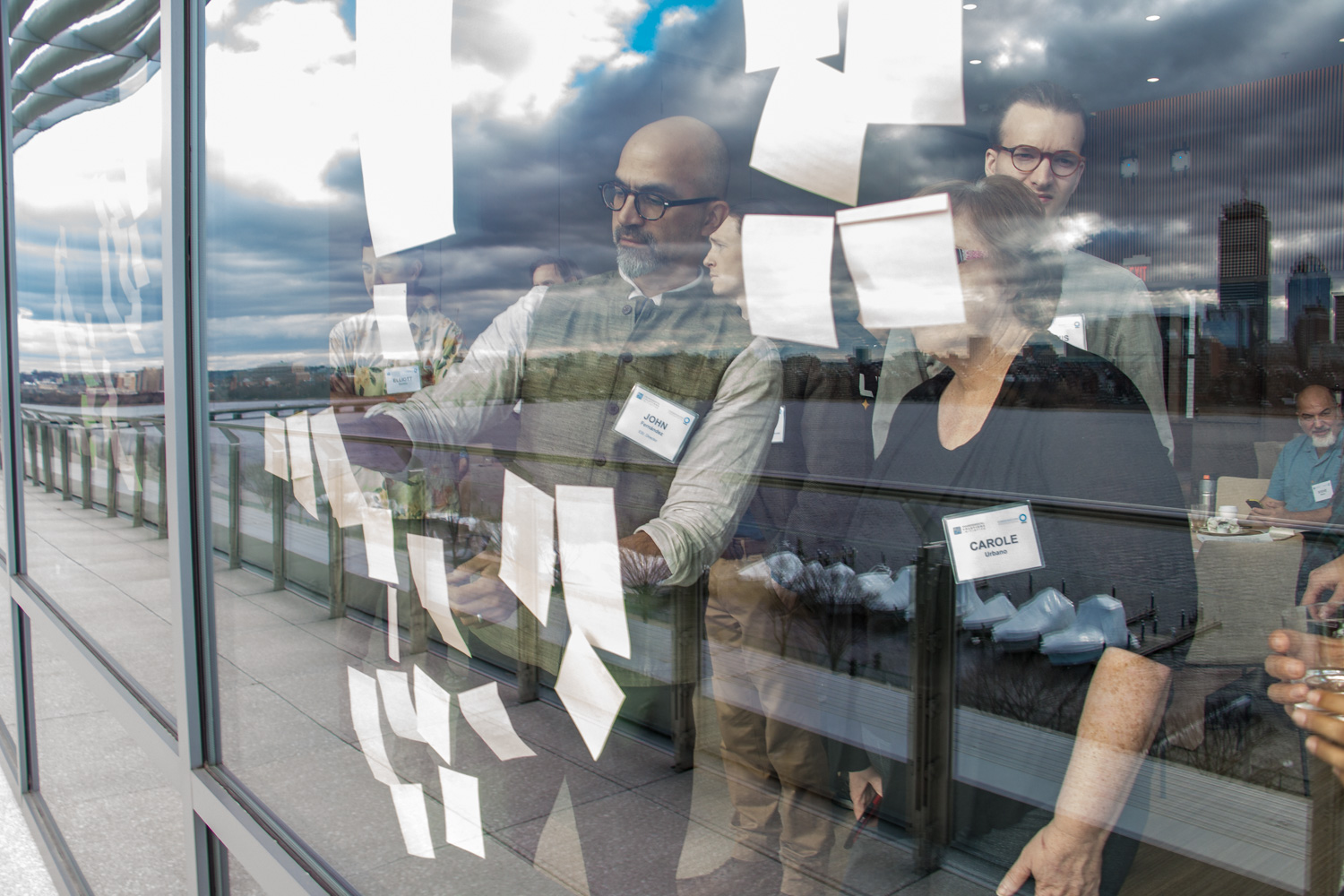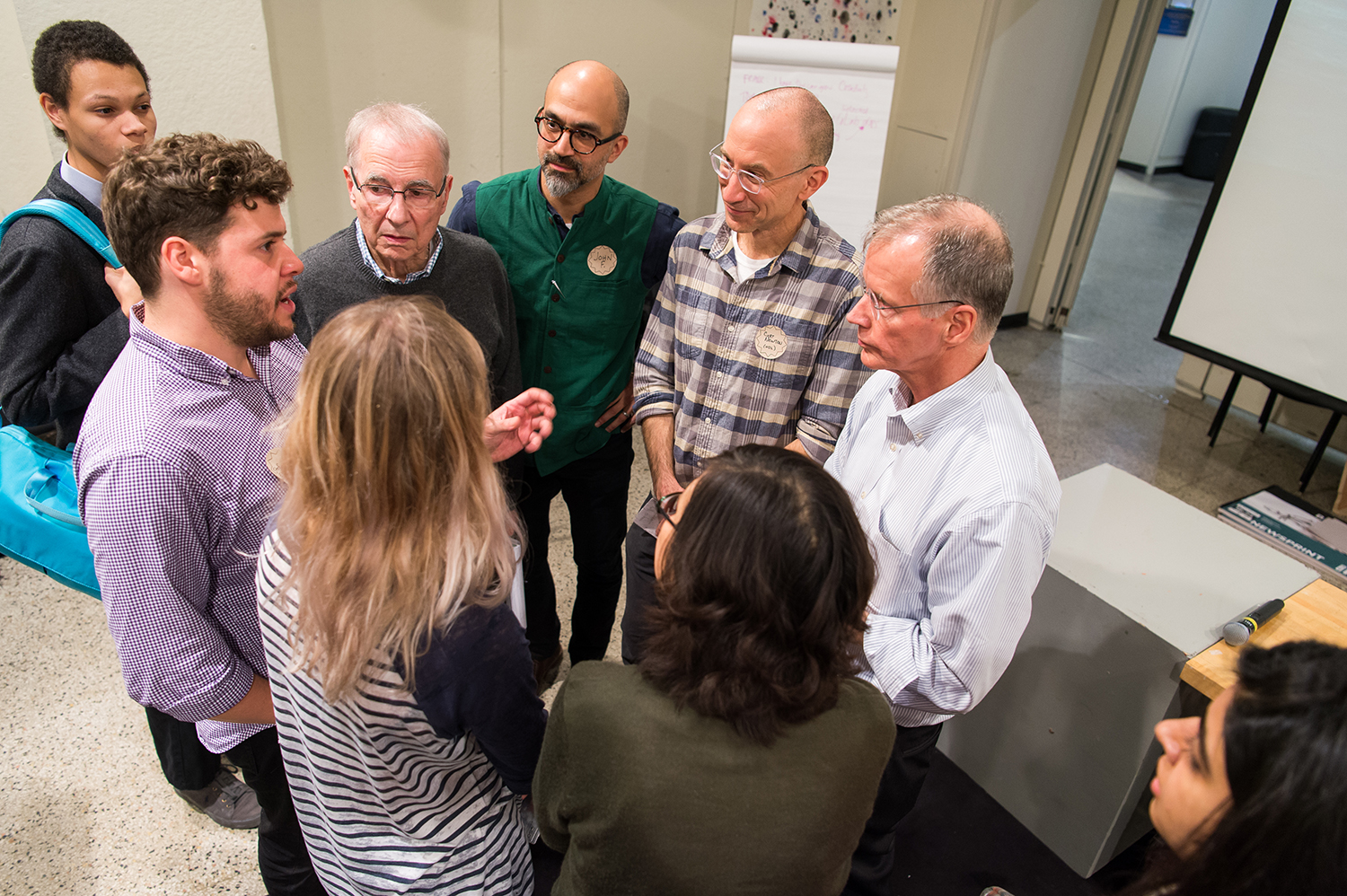Menu
Modelling Plastics in the Oceans
“Modelling Plastics in the Oceans: What is happening? What can we do about it?” is a three-day workshop organized by the ESI Plastics & the Environment Program and the World Universities Network.
 This workshop will showcase cutting-edge research on sensing and computing technologies used to measure the dispersion, breakdown, and buildup of plastic waste and microplastics in our oceans and waterways. Talk sessions will feature leading researchers from MIT, Woods Hole Oceanographic Institution, the University of Oxford, and many more, while breakout sessions will focus on forging new partnerships between universities, foundations, corporations and governments to advance this area of research and translate it into innovations in policy and engineering.
This workshop will showcase cutting-edge research on sensing and computing technologies used to measure the dispersion, breakdown, and buildup of plastic waste and microplastics in our oceans and waterways. Talk sessions will feature leading researchers from MIT, Woods Hole Oceanographic Institution, the University of Oxford, and many more, while breakout sessions will focus on forging new partnerships between universities, foundations, corporations and governments to advance this area of research and translate it into innovations in policy and engineering.
Download the workshop brochure, or register for your space now.
The workshop will take place from November 6 to 8 at the MIT Samberg Conference Center in Kendall Square, Cambridge, Massachusetts.
Students and faculty working on plastic waste or computer modelling at any research institution should contact Chris Noble at crn@mit.edu for discounted registration.
Agenda
Wednesday, November 6
9:00 – Welcome and Introductions. John Fernández, MIT Environmental Solutions Initiative; Bruce Sutherland, World Universities Network; Tom Peacock, MIT
9:30 – Keynote Address – The transport of plastic ocean debris from source to sink: a primer. Kara Lavender Law, Sea Education Association, Woods Hole Oceanographic Institution (WHOI)
Break
11:00 – Talk Session
Autonomous instrument measurements of microplastics. Scott Gallager, WHOI
Observations of microplastics in the Hudson River. Rachael Miller, Rozalia Project
An overview of the modelling and observational resources available to examine plastic transport from the St. Lawrence River to the Atlantic Ocean. Daniel Bourgault, Christiane Dufresne, and Sandy Gregorio, University of Quebec Rimouski
Lunch
1:30 – Talk Session
Why microplastics could constrain ocean circulation inverse models. Jake Gebbie, WHOI
Could ocean turbulence and mixing shape the vertical distribution of microplastics? Carol Anne Clayson, WHOI
Dispersion of plastics in the global ocean. Scott Levang, WHOI
Why do plastics floating in the surface ocean congregate in particular locales? Glenn Flierl, MIT
Break
3:30 – Breakout Session – Future research directions for WUN/MIT/WHOI collaborations.
Thursday, November 7
9:00 – Talk Session
Transport of floating marine debris by waves. Ton van den Bremer, University of Oxford
Experimental investigation of particle transport by surface waves. Colin Whittaker, University of Auckland
Ocean wave and particle-shape effects on microplastics transport. Michelle DiBenedetto, WHOI
Break
11:00 – Breakout Session – Collaboration opportunities with foundations, NGOs, corporations, and government organizations.
Lunch
1:30 – Talk Session
Particle sedimentation and settling in deep sea mining. Tom Peacock, MIT
Collective settling of particles from fresh to salt water. Bruce Sutherland, University of Alberta
Particle resuspension from shoaling internal solitary waves. David Deepwell, University of Alberta
Break
3:30 – Breakout Session – Funding opportunities for future work.
Friday, November 8
9:00 – Talk Session
Four-dimensional modeling of marine plastics: from PDEs to optimal cleanup. Pierre Lermusiaux, MIT, and the Multidisciplinary Simulation, Estimation, and Assimilation Systems (MSEAS) group
How long does plastic last in the environment? Collin Ward, WHOI
Submesoscale and Langmuir turbulent transport at the ocean surface of plastics, oil, and drifters. Baylor Fox Kemper, Brown University
Break
11:00 – Breakout Session – What have we learned and what are the next steps?
Informal post-workshop gathering at the offices of the MIT Environmental Solutions Initiative

